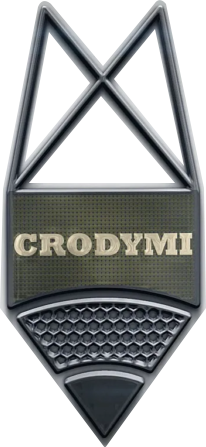- Julijana Cvetkovska
- February 13, 2025
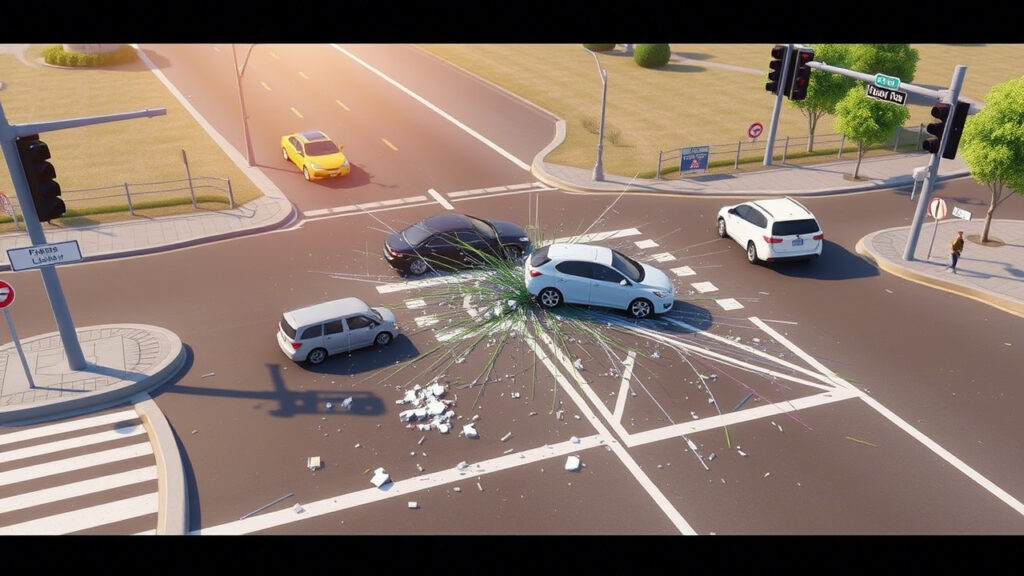
Introduction: The Unseen Storyteller
What Is Crash Scene Animation?
Why It Matters: Beyond the Courtroom
- Legal Precision: In a 2024 study, cases using crash animations saw a 40% faster settlement rate. Why? Because
animations cut through ambiguity. They show—not just tell—how a truck’s sudden lane change or a pedestrian’s path
led to disaster. - Safety Innovation: Cities like Oslo have slashed traffic fatalities by 50% using crash data to redesign intersections.
Animations help engineers spot patterns invisible in spreadsheets. - Insurance Integrity: Ever argued with an insurer over fault? Animations pull data from Event Data Recorders
(EDRs), GPS, and witness statements to create an unassailable truth.
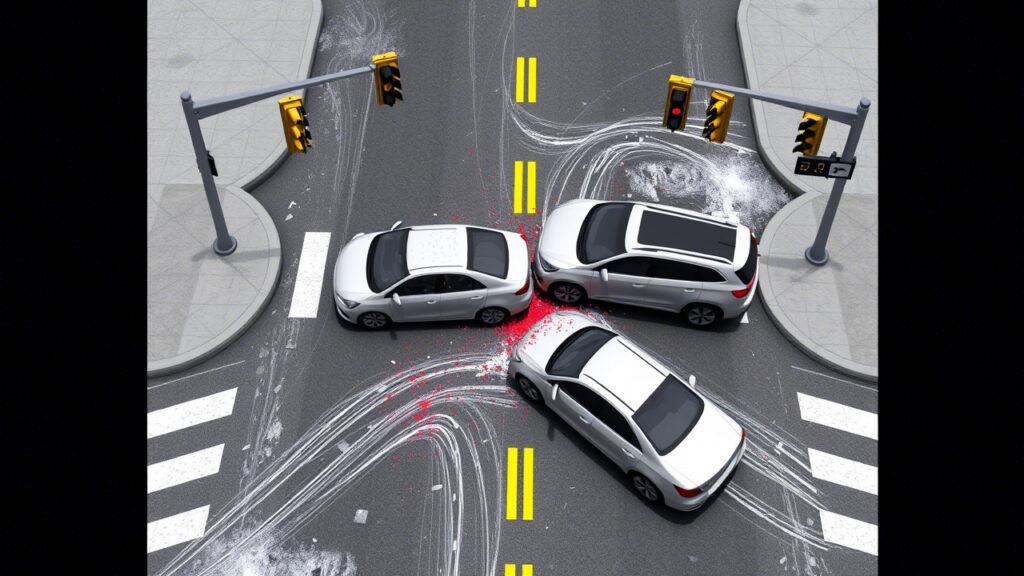
How It’s Done: The Nuts and Bolts
- Data Collection: Laser scans, drone footage, EDRs—every detail matters. Even a single skid mark’s curvature can
reveal speed or braking patterns. - Software Mastery: Tools like Virtual CRASH simulate physics in real-time. Adjust a vehicle’s weight distribution,
and watch the animation recalibrate impact forces instantly. - Validation: Animations are cross-checked against real-world evidence. Did the simulation match the dent depth?
The debris scatter? If not, back to the drawing board.
Pro Tip: Always request a frame-by-frame commentary from your animation provider. It’s the difference between a
pretty video and a defensible analysis.
Case Study: The Intersection That Couldn’t Lie
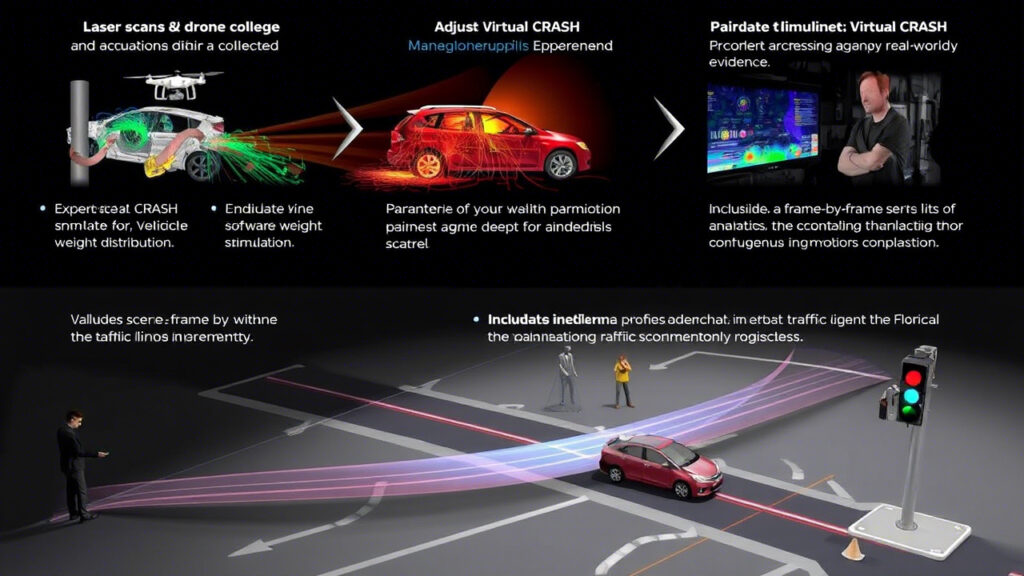
Choosing the Right Partner: Expertise Over Hype
Here’s how professionals like Crodymi do it:
- Forensic Credentials: Do they work with certified accident reconstructionists?
- Toolkit Diversity: Can they handle everything from black box data to photogrammetry?
- Transparency: Will they explain their methods in plain English?
In my experience, Crodymi stands out for their ability to merge technical precision with courtroom-ready clarity. Their
team doesn’t just create animations—they craft narratives that hold up under scrutiny. If you’re looking to elevate your
case or project, I highly recommend exploring their services. You can learn more about their process and see
examples of their work at Crodymi’s Crash Scene Animation page .
The Future: AI, Real-Time Rendering, and Beyond
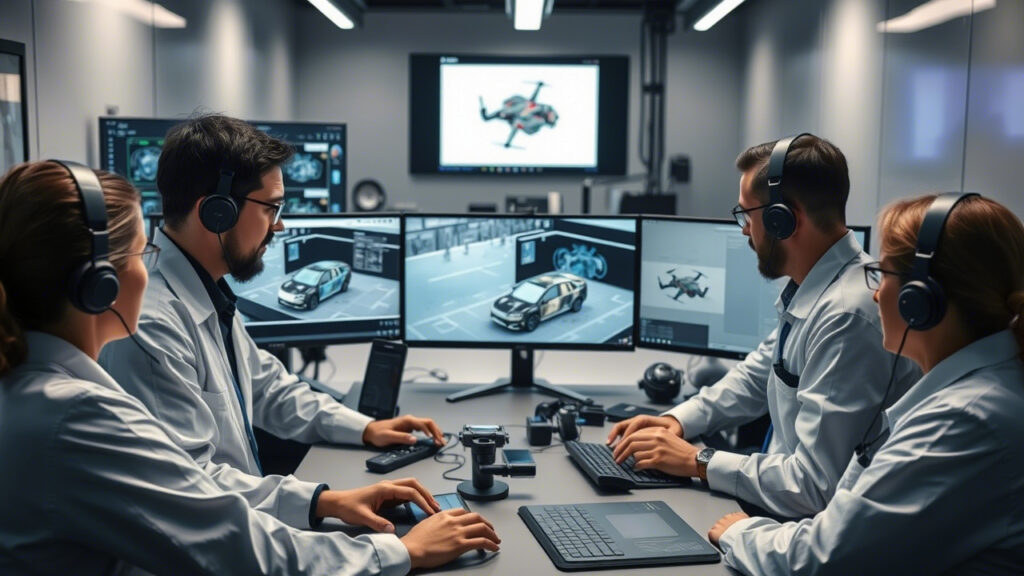
Conclusion: Your Turn to Act
If you’re ready to transform raw data into undeniable clarity, I encourage you to explore Crodymi’s crash animation
services . Their expertise in turning complex scenarios into compelling visual narratives has been a game-changer in
my work, and I’m confident it will be in yours too. Because in a world of he-said-she-said, seeing is believing.
